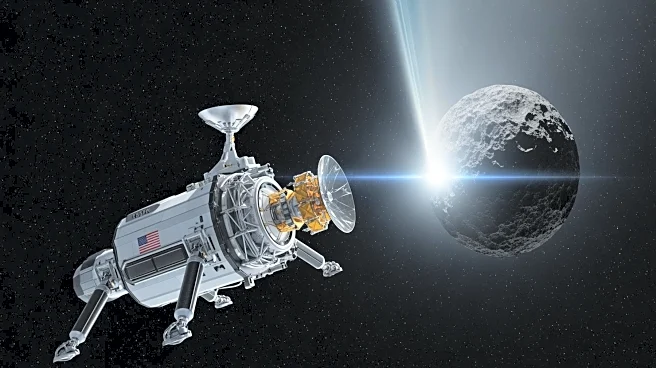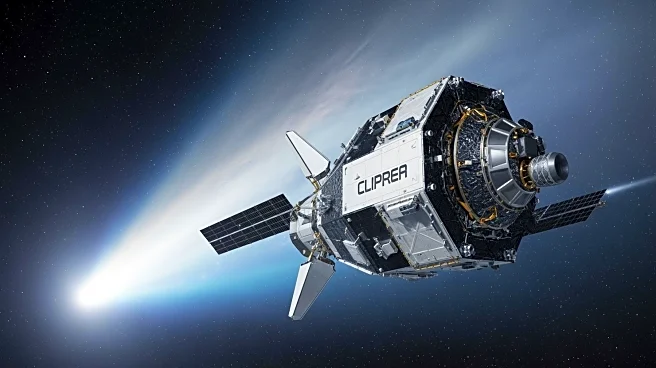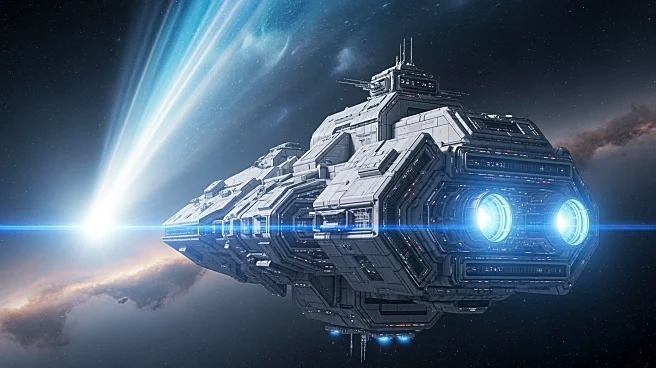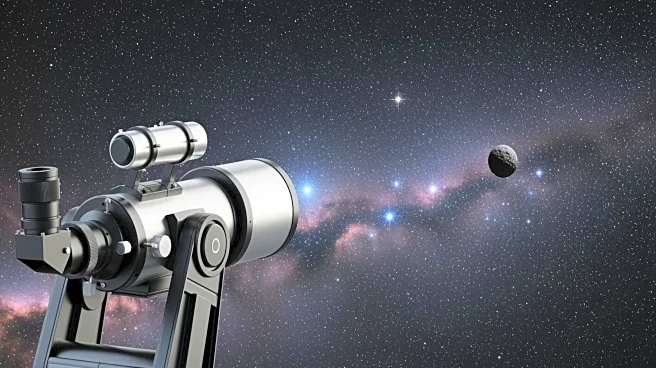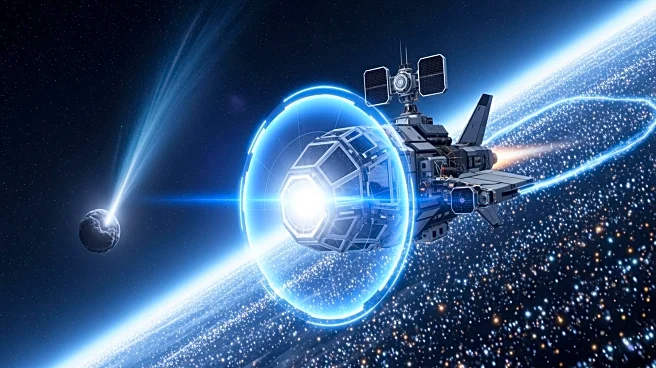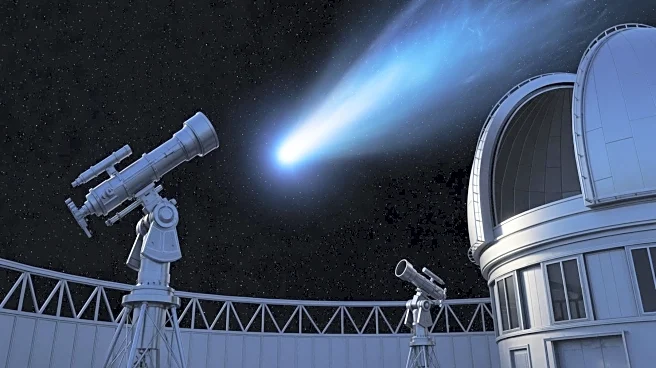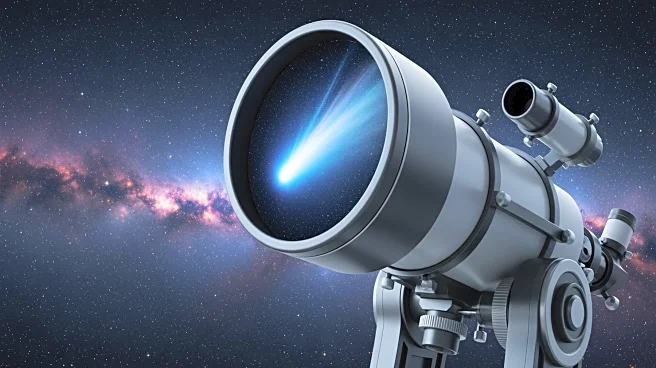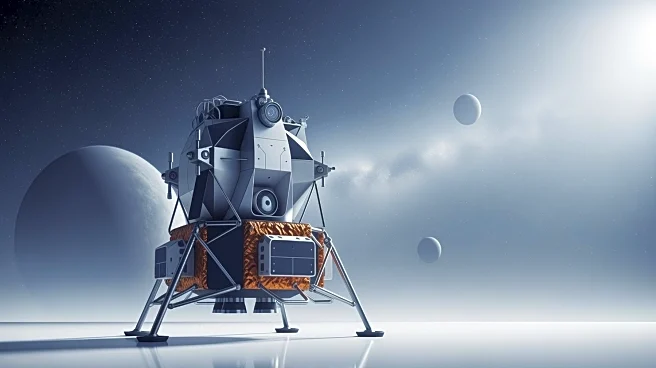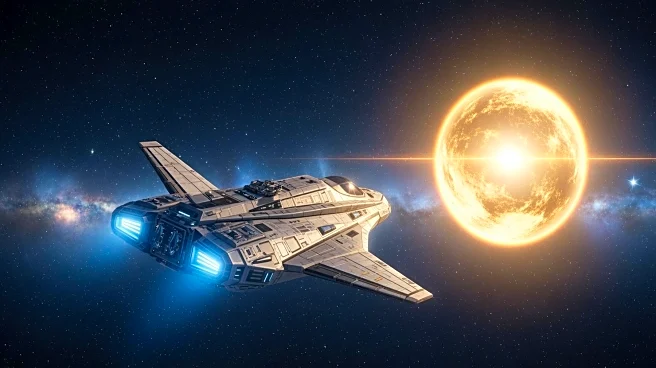What's Happening?
NASA's Europa Clipper may soon have the opportunity to sample the interstellar comet 3I/ATLAS, marking a significant milestone in space exploration. The comet, first observed in July, is one of only three
known interstellar objects, alongside 'Oumuamua and 2I/Borisov. Samuel Grant, a postdoctoral researcher at the Finnish Meteorological Institute, has estimated that the Europa Clipper could pass through the comet's ion tail between October 30 and November 6. This event could provide unprecedented data on the interior of interstellar comets and the star systems that formed them. However, challenges such as solar winds and the ongoing U.S. government shutdown may impact the ability to activate the probe's instruments at the crucial moment.
Why It's Important?
Sampling an interstellar comet like 3I/ATLAS could offer invaluable insights into the materials and conditions present in other star systems, potentially reshaping our understanding of cosmic history. This opportunity could fill a significant gap in astronomical data, as interstellar objects are rarely observed and sampled. The findings could have implications for the study of cometary composition and the processes that govern their formation. The success of this mission could pave the way for future explorations and enhance our knowledge of the universe beyond our solar system.
What's Next?
If successful, the Europa Clipper's sampling of 3I/ATLAS could set a precedent for future missions targeting interstellar objects. The European Space Agency's Comet Interceptor mission, set to launch in 2029, aims to prioritize encounters with such objects, potentially expanding our understanding of interstellar phenomena. The Tailcatcher program, developed by Grant and co-author Geraint H. Jones, could be instrumental in identifying future sampling opportunities, allowing scientists to plan and execute similar missions with greater precision.
Beyond the Headlines
The potential sampling of 3I/ATLAS raises questions about the technological and logistical challenges of space exploration, particularly in the context of interstellar research. The mission highlights the importance of international collaboration and technological innovation in overcoming obstacles such as solar interference and government shutdowns. It also underscores the need for continued investment in space exploration to unlock the mysteries of the universe.
